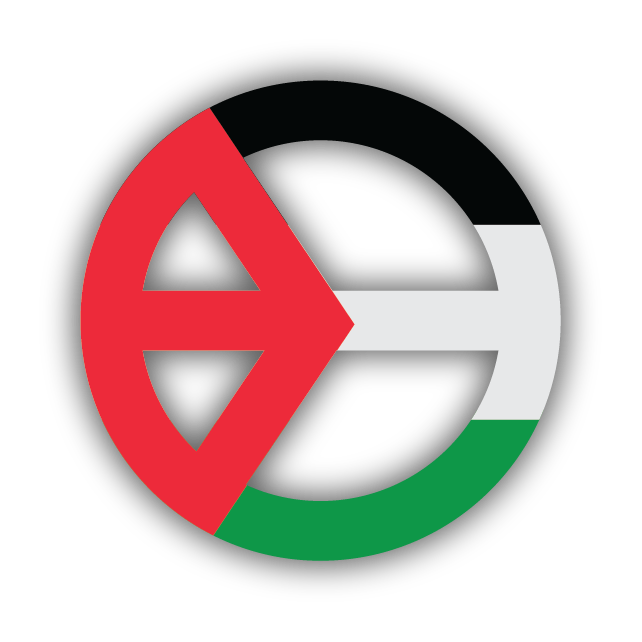INSTITUTIONAL INFORMATION
1. About Us
Communication plays a central role in every aspect of life. It is also observed that, in parallel with developments in information technologies, communication serves as a driving force behind social change and transformation. In today’s information age, communication is not only at the center of the present, but also plays a leading role in shaping the future. This demonstrates the importance and necessity of communication education.
Üsküdar University Faculty of Communication is committed to training qualified communication professionals through innovative teaching methods, an academic staff composed of leading scholars in the field as well as experienced professionals recognized for their work in the communication sector, and with physical facilities equipped with the latest technology. With its mission- and vision-aligned academic programs, the Faculty undertakes the task of offering high-quality education.
The Faculty of Communication began its academic journey in the 2013–2014 academic year with three departments: Communication Sciences, Advertising Design and Communication, and New Media. As of the 2015–2016 academic year, the Faculty expanded its programs to include Media and Communication, Radio, Television and Cinema, New Media and Journalism, Visual Communication Design, and Advertising Design and Communication. In the 2016–2017 academic year, Public Relations was added, and in the 2019–2020 academic year, Cartoon and Animation was included as a new department.
As of the 2019–2020 academic year, based on the decision of the Council of Higher Education (YÖK), the names of certain departments were updated. Accordingly, the Department of Advertising Design and Communication was renamed Advertising, the Department of New Media and Journalism became Journalism, the Department of Media and Communication was renamed New Media and Communication, and the Department of Public Relations became Public Relations and Publicity.
The departments currently offering education under the Faculty of Communication are as follows:
- Cartoon and Animation
- Journalism
- Visual Communication Design
- Public Relations and Publicity
- New Media and Communication
- New Media and Communication (English)
- Radio, Television and Cinema
- Advertising
2. Faculty Administrative Structure and Operations
The administrative structure of the Faculty of Communication includes the Faculty Board, the Faculty Executive Board, the Faculty Quality Board, Department Chairs, and the academic staff of the faculty. In addition, several boards, coordinatorships, and commissions operate in coordination with the administration, including the Bologna Coordination Office, Erasmus+ Coordination Office, International Student Coordination Office, Faculty Accreditation Commission, Education Commission, Internship Commission, Applied Education Commission, Events Commission, Disciplinary and Investigation Commission, Social Media Commission, Website Development Commission, Academic Assessment and Evaluation Commission, Translation and Editing Commission, News and Announcements Commission, Strategy Development Commission, Laboratory Commission, Exam Schedule Commission, Course Schedule Commission, and Curriculum Commission, among others. These commissions are regularly updated based on the needs of the faculty, and new commissions may be established as necessary. In this way, the administrative operations of the faculty are carried out through a dynamic and flexible structure.
The faculty adopts a constructive management approach that emphasizes fair, transparent, and trustworthy relations with other faculties and departments. Importance is given to everyone’s opinions and ideas, and reflecting this inclusive and respectful approach in behavior is considered essential.
Within the framework of institutional governance, authority and responsibilities are distributed accordingly. The processes and methods of addressing issues and solving problems are closely followed, and information is shared among relevant units.
Stakeholders serve as one of the primary sources in the determination of program objectives, learning outcomes, and qualifications. They also play a vital role during the revision of program content and the development of course plans.
Below is further information regarding the administrative operations of the Faculty of Communication, the academic staff, and its internal and external stakeholder relationships:
3. Academic Staff and Departments
Table 1: Number of Faculty Members by Department

